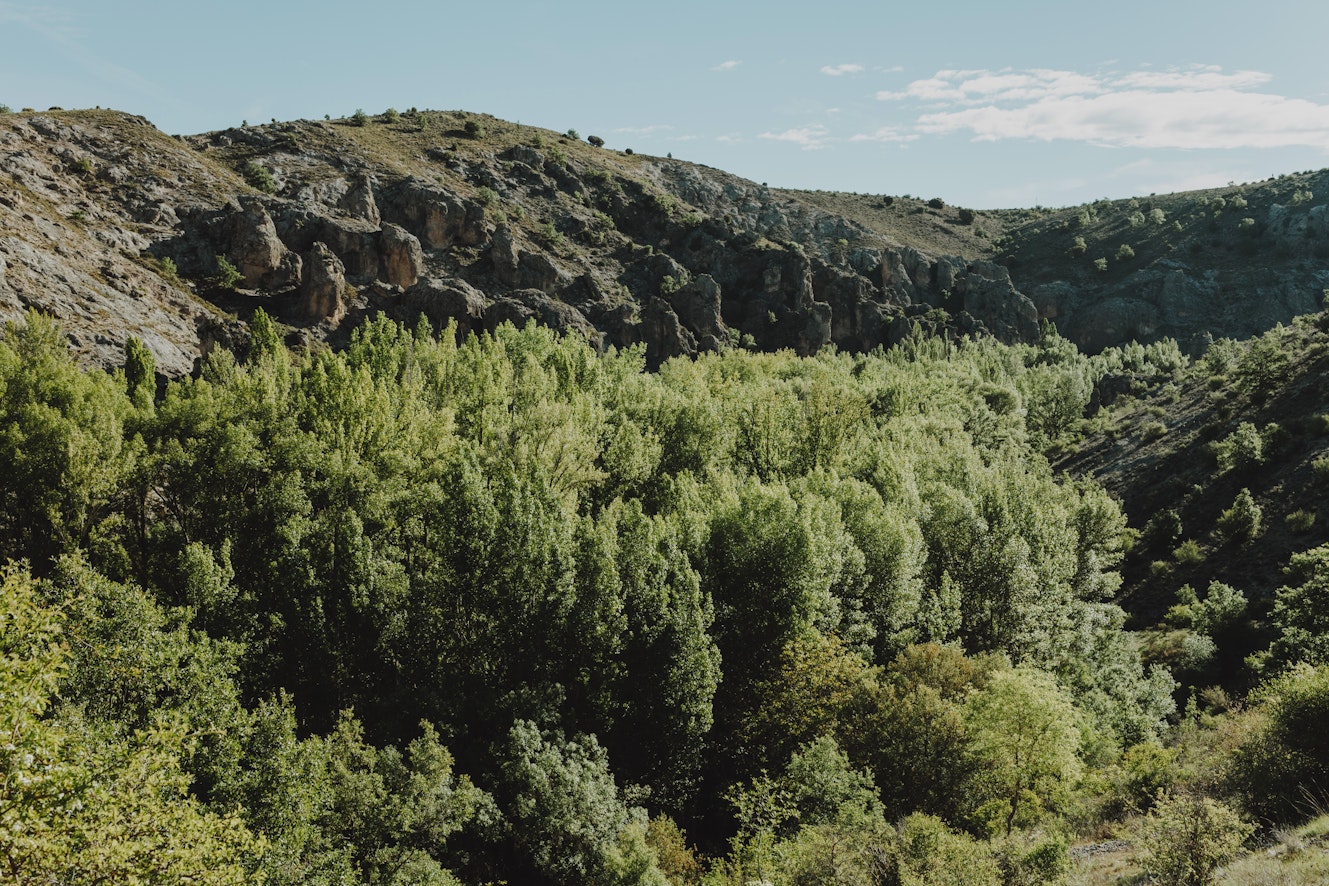- Solar energy blog
- Croatia: Launch of new renewable auctions
Croatia: Launch of new renewable auctions
Croatia is raising the stakes on clean energy with a new round of auctions for solar, wind, and hydropower projects. These subsidies aim to attract private investment and curb reliance on foreign energy. Will they work?
In this blog, we look at how Croatia is turning its national grid green and what these new auctions mean for its energy independence and climate goals.


Emil Trepin
Account Executive
Account Executive with a strong track record in SaaS sales and business development across multiple European markets. I specialize in driving revenue growth, building strategic relationships, and scaling market presence for innovative tech solutions in the energy sector.
Graduated in International Studies at the University of Trento with a thesis on foreign policy decision-making. Title: “Foreign Policy Decision-Making: A Poliheuristic Explanation of Donald Trump's Decisions in the Middle East”. During my Bachelor's degree, I studied for 5 months at the Kaunas University of Technology (Lithuania) as part of the Erasmus+ program.
Graduated in International Relations at the University of Bologna with a final dissertation on U.S. semiconductor policy in the Indo-Pacific region. In 2023, I attended Dickinson College (Pennsylvania, USA) during the spring semester as part of the UniBo Overseas program.

Croatia's energy market
Croatia’s grid is heavily reliant on hydropower, which made up 75.9% of the country’s renewable energy production in the rain-soaked year of 2023. However, this water-dependent system can be unreliable. For example, during the drier conditions of 2022, hydropower plunged to just 25%.
This fragility, combined with dependence on imported coal, gas, and oil, leaves Croatia exposed to fossil fuel price swings. To add to the challenge, mounting climate threats continue to endanger agriculture and tourism, two of the most significant sectors accounting for nearly a quarter of its economy.
Croatia also lags in solar power despite boasting 2,700 hours of sunshine yearly (among the highest in the EU). It can potentially deploy 7 GW of solar by 2030 but has only installed 462.5 MW as of January 2024. Critics point fingers at bureaucratic processes as the primary bottleneck.
Encouragingly, the current administration seems serious about establishing a more balanced energy mix: 36.4% renewables and 45% emissions cut by 2030. This could reduce Croatia’s exposure to energy shocks and speed its transition to a low-carbon economy if realized.
Looking for more insights, stats, and opinions on the current state of the renewables sector? Download our Renewable Energy & Solar Research Report 2024 that draws from an industry survey and analysis of solar simulations carried out on the RatedPower Platform.

Major initiatives
Combined efforts from the government, private investors, and the EU are helping Croatia move towards energy independence. Here are some recent highlights:
Croatia, Slovenia, and Italy are collaborating on a North Adriatic Hydrogen Valley. Launched in September 2023, this project will produce over 5,000 tons of renewable hydrogen annually.
Krk Island aims to become the Mediterranean’s first energy-independent and carbon-neutral tourist destination.
A shipbuilding veteran, Croatia is constructing a zero-emission passenger ship and developing a large electric ferry that can carry over 1,000 passengers and 400 vehicles.
Northern Croatia is exploring its yet-untapped geothermal potential. The city of Bjelovar aims to heat its entire community using this renewable resource.
Croatia’s energy storage capacity is growing, too. A large-scale battery system currently being built in Šibenik (backed by EU funds) will be Southeast Europe’s biggest.
Authorities are starting to look at the possibility of offshore wind farms. Analysts say that Croatia can generate 25 GW of electricity from turbines located in bodies of water — equivalent to the output of 25 nuclear power plants.
Challenges
Still, like most countries pursuing net zero, Croatia has to contend with a deep-rooted dependence on fossil fuels and aging infrastructure.
Croatia imports 54.54% of the total energy it consumes annually: 78.34% of its petroleum, 74.48% of its natural gas, and 100% of its solid fossil fuels.
Manufacturing is declining, but factories are still Croatia’s top polluters, accounting for 31.68% of total GHG. Authorities are now pushing green hydrogen to revitalize the industry and cut emissions.
Buildings (homes and offices) use over 40% of Croatia’s energy. The shortage of skilled workers in areas like building insulation, HVAC systems, and smart home technology makes it harder to transition to sustainable built environments.
Croatia’s fleet is another major polluter. With an average age of over 12 years, the typical vehicle spews about 3 tons of CO2 annually. The country is investing in rail improvements to promote greener travel.
Croatia’s forests act as natural carbon sinks that absorb about 6.9 million tons of CO2 annually. However, emissions from agriculture, particularly from fertilizers and livestock, are increasing. A land management plan is in the works to balance these competing factors.

Renewable energy in Croatia
Despite these challenges, Croatia is surging ahead with solar and wind power, making strategic investments that are propelling it to regional leadership.
Solar power takes the lead
Croatia’s solar uptake is nothing short of impressive. The nation has added 750-800 MW of solar to the grid since the start of 2024 and should reach 1,200 MW by year’s end, a massive leap from just 55 MW in 2018. This blistering pace puts it on track to surpass its 2030 solar target of 3.5 GW by 2028.
Solar power is clearly a priority; in fact, it has accounted for over 70% of energy approvals since 2021. Recognizing that this new solar influx can destabilize the market, authorities are pushing power purchase agreements to prevent energy dumping and price fluctuations.
Wind power’s steady contribution
Wind now represents 45% of Croatia’s electricity mix, with a production capacity of 1,160.15 MW. In April 2024, Croatian wind farms generated 204 GWh, representing 14.7% of the total electricity produced — that’s more turbine power than any other EU nation.

Want to learn about 2030 renewable targets across the world? Download our eBook: A review of 2030 renewable targets across the globe to discover what governments and stakeholders are doing to make the green energy transition a reality.
New auctions for solar, wind, and hydro
Croatia is doubling down on its green transition with a new round of renewable energy auctions. The Croatian Energy Market Operator (HROTE) has earmarked €257.2 million ($273.5 million) to incentivize 450 MW of solar, 150 MW of wind, and 7.25 MW of hydropower projects.
This auction marks the second phase of Croatia’s subsidy program, designed to boost renewable energy and high-efficiency cogeneration through market premiums and feed-in tariffs. While the previous auction in 2022 saw limited interest, HROTE is optimistic about this round, especially given the increased focus on smaller projects and support for SMEs and renewable energy communities.
The tender targets 607.25 MW of combined solar, wind, and hydropower capacity, with a focus on boosting both large-scale and smaller projects. It follows a two-phase approach: one phase for larger ventures (over 1 MW) and another for smaller deployments (between 200 kW and 6 MW for solar, 200 kW and 18 MW for wind).
Financial incentives or market premiums will be awarded based on project size and technology. Notably, SMEs and renewable energy communities will have priority access to subsidies for smaller projects..
Looking to the future
Croatia is charging ahead in solar, wind, and hydropower to shed its fossil fuel dependency. The recent auction signals the government’s commitment to self-sufficiency and ambition to lead the Balkans in clean power. Continued investments in renewable projects, smart grids, and new sources like offshore wind can further fast-track the country’s green transition.
Latest stories
Related posts
Market analysis
Powering through the peak: Why solar + storage is gaining momentum in MENAT
Discover how MENAT is building a functioning solar economy and why rising peak demand during extreme heat is squeezing its energy architecture.
Updated 11 DEC, 25


Market analysis
The rise of utility-scale PV + storage plants in Italy
Discover how Italy’s latest policies and auctions are driving utility-scale solar and battery storage projects to meet ambitious 2030 targets.
Updated 4 DEC, 25

Market analysis
From sun to socket: What Iberia’s grid needs to handle 2030 renewable targets
Discover how Spain and Portugal are upgrading their grids to meet ambitious renewable targets and prevent future blackouts.
Updated 25 NOV, 25

- RatedPower
- Solar energy blog
- Croatia: Launch of new renewable auctions
 Watch a demo
Watch a demo Ask our AI Product Expert
Ask our AI Product Expert